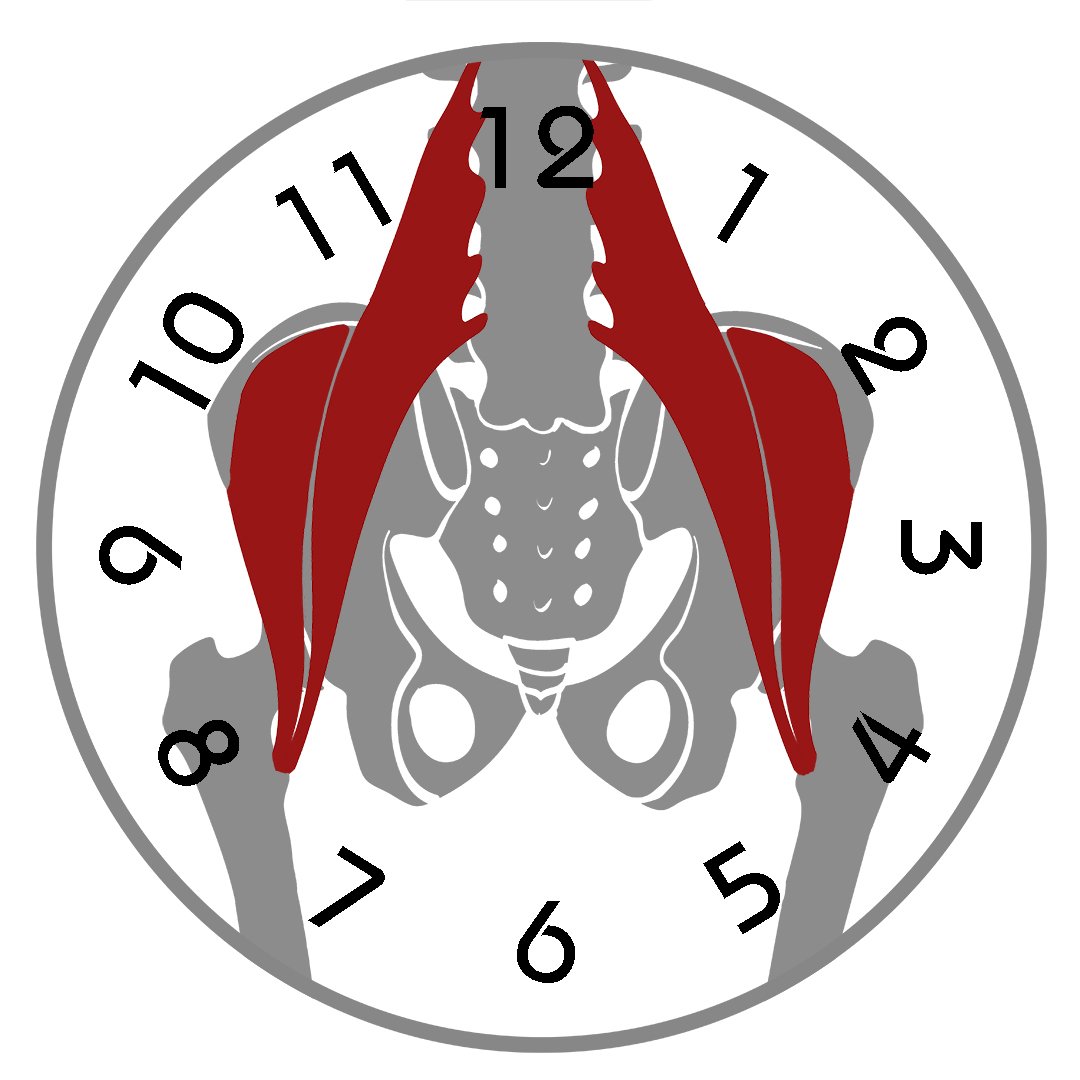How to Correct Overpronation Using the Pelvic Clock® Exercise Device
Igor Gershengorin
By Yana Blinova, MS, Inventor of Pelvic Clock® Exercise Device, Former Olympic Coach.
What is Overpronation?
Overpronation occurs when your foot rolls too far inward during walking or running.
By some estimates, overpronation affects at least 75% of people.
The Role of Overpronation in Hip and Lower Back Pain
Overpronation disrupts your body’s mechanics. It starts by flattening the arches of your feet, which then causes a chain reaction, affecting the alignment of your ankles, knees, hips, and even your spine.
Several muscles are inhibited or strained by overpronation. These include:
Iliopsoas (hip flexor)
Piriformis
Gluteus medius (hip abductor)
Tibialis anterior and posterior
Peroneus longus and brevis
Overpronation is linked to several conditions, including:
How Do You Correct Overpronation?
Overpronation can be addressed by wearing shoes with firm arch support or orthotics.
However, the most reliable way to correct overpronation is through corrective exercise.
PHYSICAL THERAPY Exercises for Overpronation
Exercises to Promote Supination of the Foot:
Example: Resisted Foot & Ankle Supination with a resistance loop
These exercises strengthen the tibialis anterior and posterior muscles responsible for ankle inversion.
Exercises to Strengthen the Arch of the Foot:
Examples: Short Foot, Arch Raise, Towel Scrunch, Toe Curl
These exercises target the arch of the foot.
Can the Pelvic Clock® Be Used for the Feet?
Yes! Although the Pelvic Clock® was originally designed to stretch the lower back and strengthen the core, it can also be used upside down to help correct overpronation and massage the plantar fascia.
Try these three exercises to engage your feet in new ways. You may discover muscles you haven't activated before. If you experience cramps, tap your feet on the floor to relieve them—cramps are a sign of muscle weakness.
Pelvic Clock® Isometric Foot Exercise for Overpronation
This isometric exercise combines three traditional overpronation exercises: Ankle Inversion, Short Foot, and Toe Curl.
It’s designed to strengthen the inside of the foot and stretch the outside of the foot and ankle.
\
Instructions:
Place the flat surface of the Pelvic Clock® Exercise Device on the floor between your feet.
Stand with the outer sides of your feet on the floor and the inner sides on the round surface of the device.
Wrap your feet around the device and curl your toes to mimic its shape.
"Squeeze" the device with your toes.
Hold for 15–45 seconds.
Repeat 5 times.
Pelvic Clock® Gluteus Medius Bridge for Overpronators
This exercise targets the gluteus medius muscles and incorporates Ankle Inversion, Short Foot, Toe Curl, and Bridge movements.
Instructions:
Lie down with your knees bent. Place the flat surface of the Pelvic Clock® on the floor between your feet.
Turn the soles of your feet inward, and wrap them around the rounded surface of the device.
Mimic squeezing a huge orthotic arch support between your feet.
Keep your knees apart with your weight on the outer sides of your feet.
Lift your pelvis off the floor.
Hold the bridge for five seconds. Return to the starting position.
Repeat 10–20 times.
Pelvic Clock® Piriformis Stretch for Overpronators
This stretch targets the IT band, piriformis, and peroneal muscles. It combines movements such as Ankle Inversion, Short Foot, Toe Curl, Ski Squat, and Diamond Squat.
Instructions:
Place the flat surface of the Pelvic Clock® Exercise Device on the floor between your feet.
Stand with the outer edges of your feet on the floor and the inner sides on the rounded surface of the device.
Wrap your feet around the device and curl your toes to mimic the it’s shape with your feet.
Lean forward and squat like a downhill skier, keeping your knees wide apart with your weight on the outer sides of your feet.
Touch the floor with your fingertips or clasp your hands behind your back and pull your shoulders back.
Hold this squat for 15–45 seconds, then return to the starting position.
Repeat 5 times.










